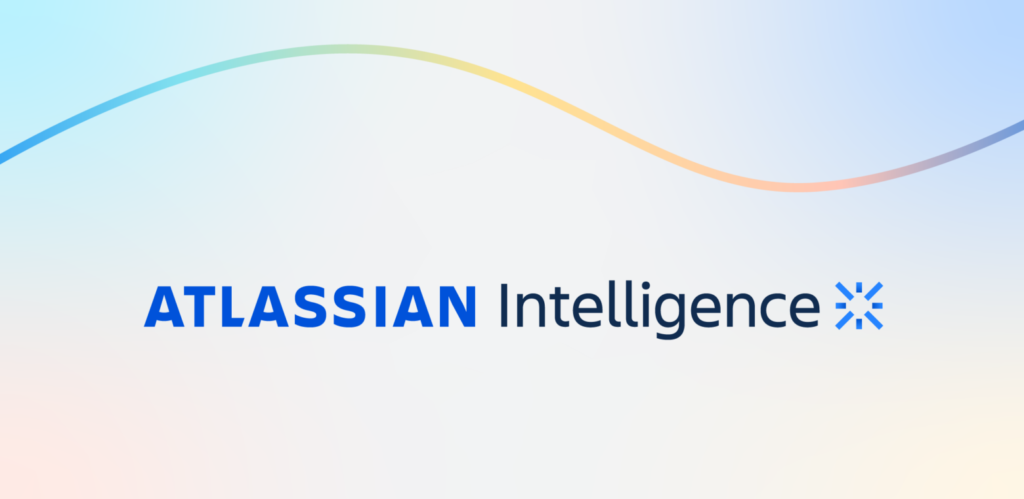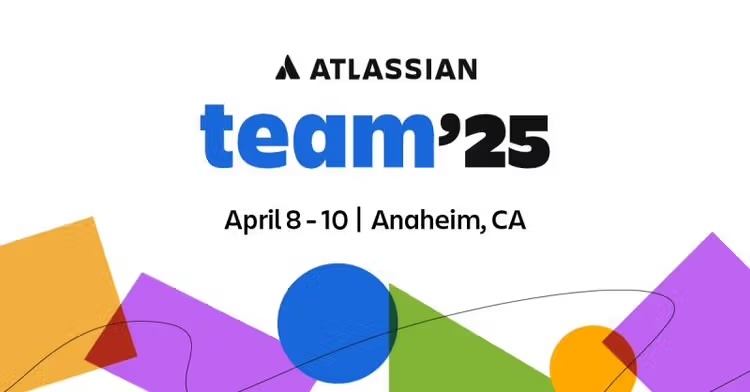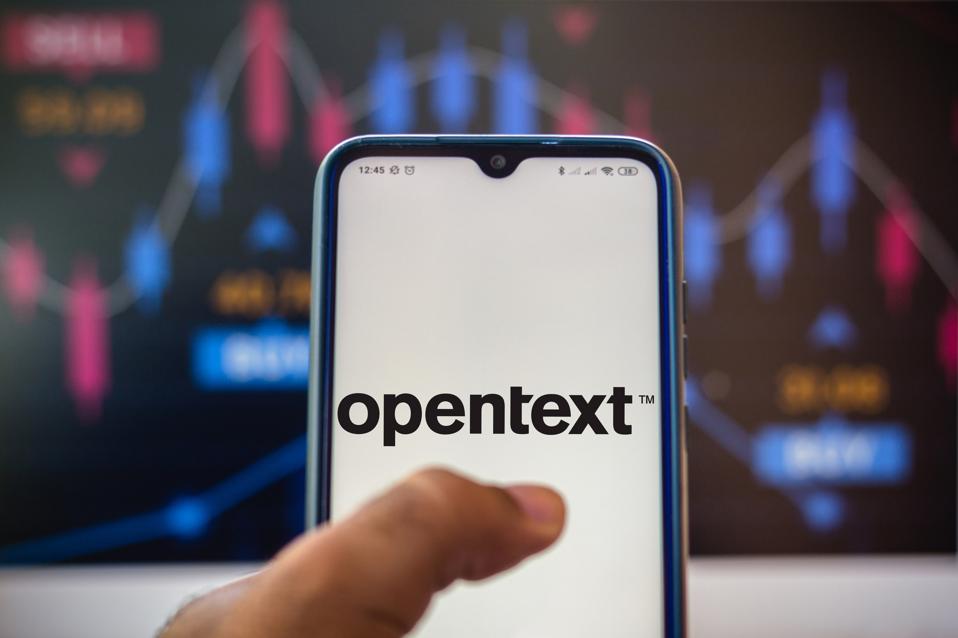At its recent Team ’24 Europe event, Atlassian announced Focus, a new enterprise strategy and planning tool aimed at helping leadership teams manage and align their strategic goals with execution across the organization. Focus is integrated with Atlassian’s existing tools, especially Jira and Jira Align, offering real-time insights into progress on strategic initiatives.
The new tool introduces functionality designed to centralize the management of objectives, workstreams, teams, and budgets, addressing visibility gaps between strategic decision-making and operational execution.
In addition, its previously announced Rovo tool is now generally available.
Atlassian Focus
Focus leverages real-time data processing capabilities to pull updates from other Atlassian tools, particularly Jira and Jira Align. This ensures that key stakeholders have an up-to-date view of how strategic goals are progressing. This continuous data flow minimizes delays between operational changes and strategic decision-making.
The platform’s AI-driven functionality helps surface actionable insights, summaries, and recommendations based on the data collected from multiple tools. This allows more visibility into potential risks and bottlenecks, allowing for more proactive decision-making.
Focus also integrates the OKR management framework, enabling leadership to define and track objectives and key results at departmental and enterprise levels. This helps ensure that goals across the organization are aligned with high-level strategic priorities.
Cross-tool integration is a key feature of Focus. By connecting with financial, workforce, and project management systems, the platform provides a unified view of how well resources are being aligned with strategic initiatives.
Key Features
- Centralized Hub for Strategic Priorities
Focus is a single platform where stakeholders can track organizational goals, teams, workstreams, and financial allocations. This replaces the fragmented workflows caused by using disparate tools such as spreadsheets and business intelligence systems.
The core feature of Focus is the concept of Focus Areas, which centralizes all relevant information about a strategic initiative, including associated work, teams, and funding. Each area provides high-level overviews with the ability to dig deeper into specific components for more granular details.
- Focus Area Mapping & Real-Time Visualization
Focus provides stakeholders with real-time Strategic Priority Maps that visually represent the progress of various initiatives. These maps offer a high-level view of goal alignment and allow for drill-downs into specific sub-focus areas when deeper analysis is required.
The Drill-Down Functionality enables users to access detailed information about particular goals or initiatives, which helps identify performance issues or bottlenecks.
- Integration with Existing Atlassian Products
Jira and Jira Align Integration allows Focus to pull real-time data from operational workstreams, ensuring that project execution remains continuously aligned with broader strategic goals. This seamless integration ensures that work at the ground level is visible and trackable from the executive level.
Focus also supports the OKR (Objectives and Key Results) Framework, which provides structured tracking of OKRs across departments or the entire enterprise. Stakeholders can see how specific OKRs are progressing and drill into areas where results may be at risk.
Additionally, updates in tools like Jira are instantly reflected in Focus, maintaining a real-time connection between strategy and execution.
- AI-Driven Summary Updates and Notifications
The platform uses AI to generate summary updates that provide actionable insights about the progress of strategic initiatives. These summaries highlight areas that require attention and offer recommendations for course correction.
Stakeholders can also receive notifications through tools like Slack and Microsoft Teams whenever significant changes occur within a focus area.
- Visibility into Work Management and Financial Data
Focus integrates with third-party tools, such as Workday and SuccessFactors, to provide visibility into how financial and human resources are being allocated across strategic initiatives. This helps ensure that projects and teams are adequately resourced and that financial commitments align with corporate priorities.
The platform also provides functionality for budget tracking, allowing stakeholders to monitor the financial health of various focus areas and adjust as needed to ensure that resources are properly allocated.
- Enterprise-Wide Goal Tracking
Focus consolidates data from various Atlassian products to provide a comprehensive view of goals across the organization. This unified view helps stakeholders monitor progress, identify risks, and track dependencies across different projects and teams, providing a single source of truth for strategic goal tracking.
- Customization and Flexibility
Customizable Focus Areas allow organizations to structure their strategic initiatives based on their unique needs. This flexibility makes the tool adaptable to different industries and organizational frameworks.
Atlassian also announced that it plans to expand Focus’s capabilities by integrating additional third-party tools and improving support for financial and talent planning, enabling more comprehensive enterprise strategy management.
ROVO Goes GA
Rovo AI was first previewed six months ago at Atlassian’s U.S. edition of Team ’24 and is now being made widely available. The AI assistant aims to reduce the friction of everyday tasks in Atlassian tools such as Jira and Confluence. Rovo has 20 pre-built agents capable of automating tasks, including organizing Jira issues, generating release notes, and preparing communication drafts.
The platform also introduces specialized agents for developers, including one that automatically generates code and another focused on reviewing pull requests. Customization is a core element, with users able to create their own agents through a low-code or no-code interface and the Forge serverless developer platform.
Atlassian president Anu Bharadwaj said that Atlassian has been running Rovo internally for quite a while, and its internal users have built over 500 agents. The surprising part is, as she told me, “These agents were mostly built by non-developers.”
Rovo’s focus on non-coding tasks differentiates it from competitors like GitHub Copilot, which concentrates on code generation. This focus on developers’ broader collaboration and productivity challenges may help Atlassian gain traction in markets where knowledge management and collaboration are key.
Analysis
There’s a common theme between these announcements: Atlassian’s focus on removing barriers to productivity, whether through automating repetitive work or aligning strategic goals with real-time execution. This isn’t an accident. Atlassian has steadily moved beyond its task and project management roots into higher-level enterprise strategy and operational alignment.
Ahead of the Team ’24 Europe event, I spoke with Atlassian CEO and co-founder Mike Cannon-Brookes, who reminded me that Atlassian’s mission is “to unleash the potential of every team.”
Mr. Cannon-Brookes said that while Atlassian’s customer base is overwhelmingly technology-driven companies regardless of industry, the new business-oriented Focus tool doesn’t change that. He told me that one of the primary challenges facing Atlassian’s customers is overcoming the gap between technology and business teams. Atlassian built Focus to bridge that gap.
He also highlighted the value of Atlassian’s “early access” program, where pre-released versions of Focus and Rovo are made available to a selected group of customers. Atlassian’s program isn’t a typical tech industry beta program; instead, it is what Mr. Cannon-Brookes calls “co-engineering with our customers.” He said that Atlassian recognizes that “all the innovation doesn’t live within our organization, so we have to rely on our customers, and we have to be humble enough to listen to them.”
Atlassian’s approach clearly works, with the company beating consensus estimates for earnings in four out of the past five quarters. During its most recent fiscal year, Atlassian grew its total revenue by about 23% year-over-year and serviced an estimated 300,000 customers worldwide.
Overall, the new offerings strengthen Atlassian’s position in the enterprise market by catering to technical users and business leadership. They also underscore the company’s strategy of leveraging AI to enhance its product suite, offering a more comprehensive, connected approach to enterprise software. Atlassian continues to provide differentiated solutions that truly does, as its mission states, unleash the potential of every team.




